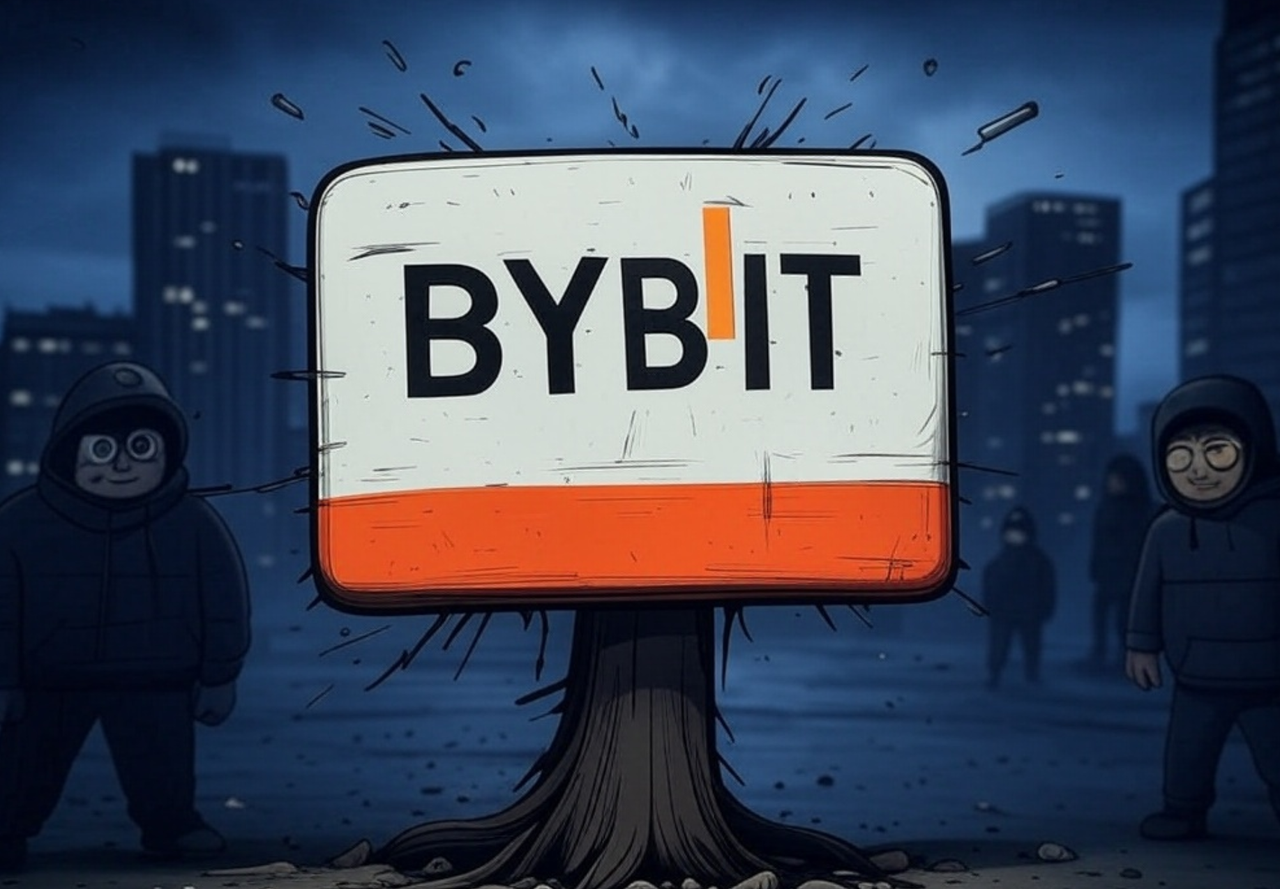Bybit's Development Journey
Bybit was founded in 2018, initially focusing on cryptocurrency derivatives trading with USDT-margined contracts as their main product, quickly carving out their market position. Founder Ben Zhou adopted a "parallel runner" strategy, avoiding direct competition with early exchange giants and instead focusing on technical optimization and user experience improvements. By 2024, Bybit had climbed into the second tier of global exchanges, with their user base concentrated in Asia, particularly in Korea and Chinese-speaking regions. Meanwhile, Bybit was actively pursuing regulatory licenses in Hong Kong and Singapore, aiming for more stable development. In terms of financial strategy, Bybit took a conservative approach, allocating 80% of assets to stablecoins and fiat currencies to ensure liquidity safety.
Bybit's Security Crisis
Largest Attack in History $1.5 Billion in Assets Stolen On February 21, 2025, Bybit suffered the largest hack in cryptocurrency history, with over 400,000 ETH and stETH (approximately $1.5 billion) stolen. The attackers exploited vulnerabilities in the multi-signature contract and used social engineering tactics to trick reviewers into signing malicious transactions. The hackers deployed a malicious contract and used DELEGATECALL instructions to modify the cold wallet contract logic, transferring fund control to the attacker's address. The hackers quickly converted the ETH to BTC and began cashing out through Asian exchanges.
Market Chain Reaction Following the incident's disclosure, Bitcoin's price plummeted below $95,000 within 24 hours, leading to liquidations for over 170,000 investors and causing market panic indicators to soar. Simultaneously, smaller exchanges faced withdrawal pressures as users rushed to transfer assets to larger platforms, further exposing systemic risk control deficiencies in the industry.
Bybit's Emergency Response Bybit CEO Ben Zhou quickly implemented countermeasures, freezing stolen assets and promising full compensation for user losses. Additionally, Bybit received emergency liquidity support of 40,000 ETH (approximately $106 million) from Bitget to maintain market stability. On the technical front, Bybit partnered with security firms to track fund movements, though recovery chances remain low given the hackers' decentralized fund transfer strategy. To offset losses, Bybit began purchasing ETH to counter the hackers' selling pressure.
Deeper Issues Behind the Incident
Security Mechanism Vulnerabilities Despite Bybit's claims of using "semi-offline signing technology" and cold/hot wallet isolation strategies, this incident revealed major flaws in their multi-signature review process. Hackers only needed to compromise one reviewer to complete the entire attack, exposing the looseness in permission management. This vulnerability not only led to massive asset theft but also triggered widespread market doubts about exchange security mechanisms.
Regulatory and Market Trust Recovery Following the incident, multiple governments strengthened cryptocurrency asset regulation. For example, Korea now requires exchanges to store 80% of user deposits in cold wallets, while Hong Kong's SFC emphasizes the "investor protection first" principle. For Bybit, although the CEO maintains the company's solvency remains unaffected, rebuilding user trust requires long-term transparent operations, such as publishing reserve audits and smart contract upgrade details.
Long-term Market Impact of Stolen Funds The hackers may gradually sell the stolen BTC over the coming years, potentially creating sustained selling pressure. Meanwhile, Bybit's ETH repurchase demands could interact complexly with market fluctuations, affecting future price trends. This dual pressure might pose long-term challenges to cryptocurrency market stability.
END
The Bybit hack not only exposed exchange security vulnerabilities but also served as a wake-up call for the entire industry. For users to truly feel secure, exchanges must continuously upgrade security measures and strengthen regulatory compliance to maintain their long-term position in the market.
